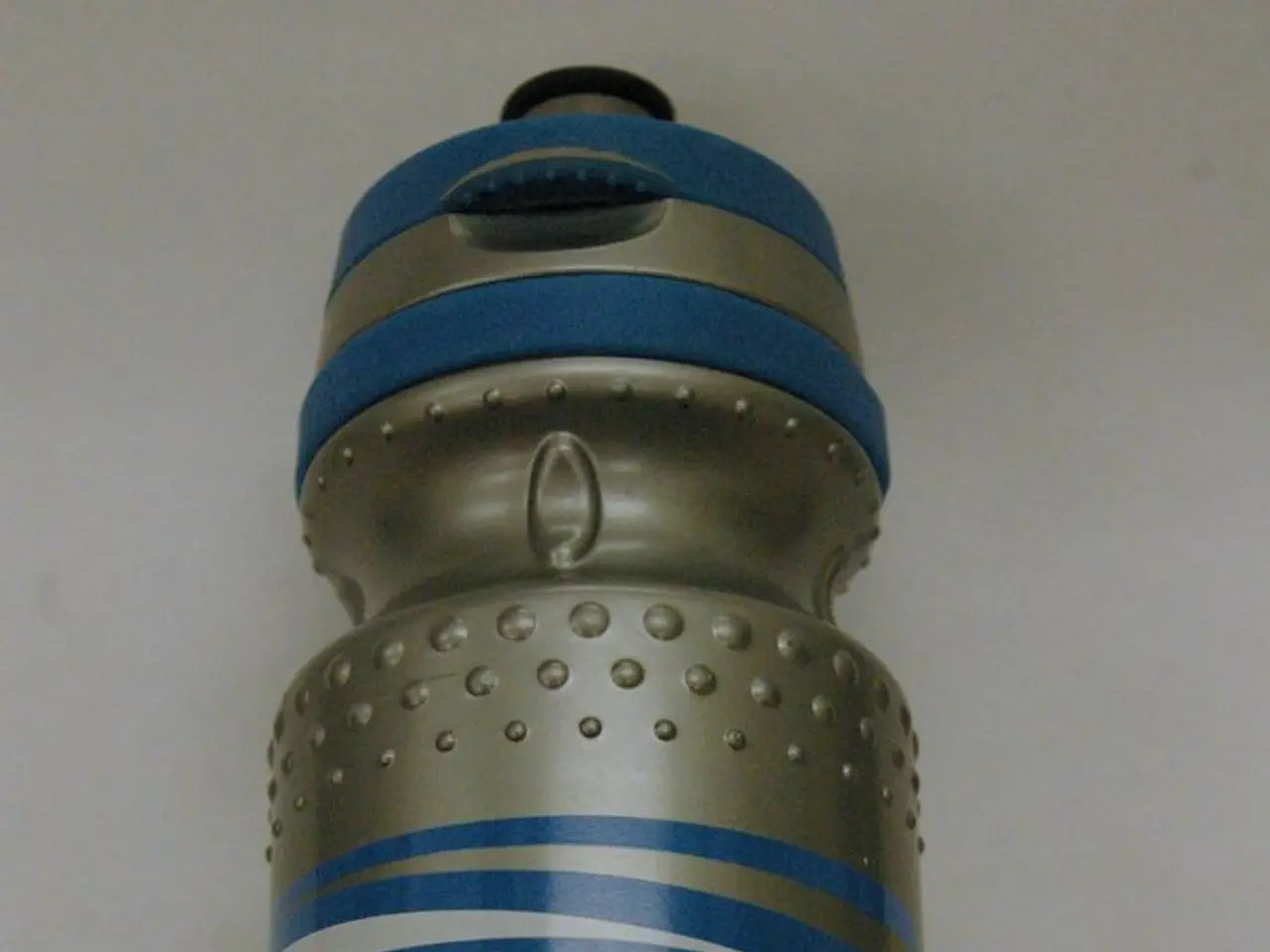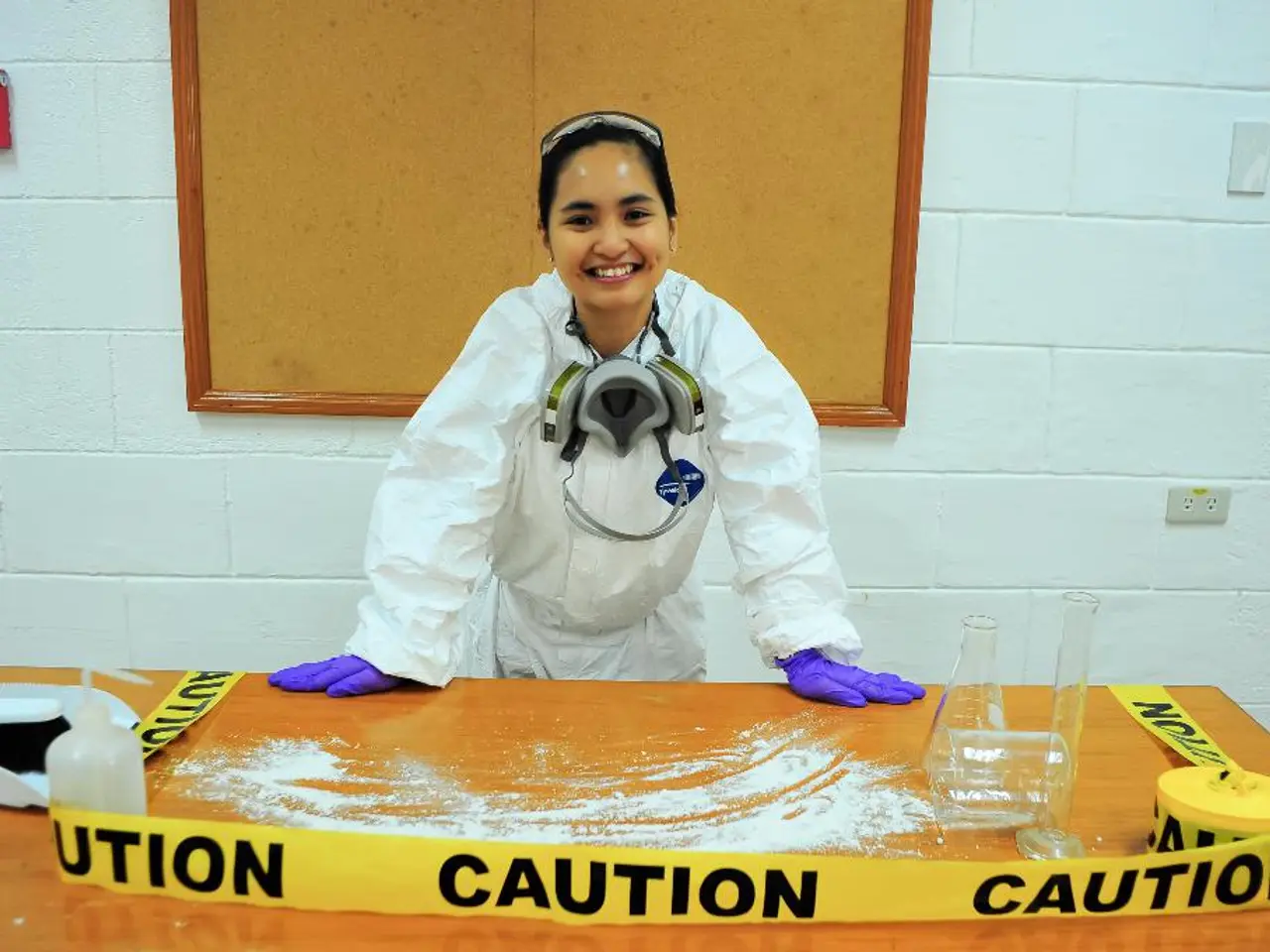Investigating the Applications of Extremophiles in Various Fields
In a groundbreaking scientific breakthrough, Dr. Adele Williamson's research on extremophilic bacteria is shedding light on how these hardy microorganisms preserve their genetic material in some of the most inhospitable environments on Earth. This research, conducted at various institutions, is set to revolutionise the field of genetic diagnostics.
Extremophiles, as these bacteria are known, have evolved unique mechanisms to protect their DNA from the harsh conditions they inhabit, such as high radiation, extreme temperatures, acidity, or salinity. One such mechanism is the production of highly efficient DNA repair enzymes, which rapidly identify and mend DNA damage caused by environmental stressors.
These bacteria also produce protective DNA-binding proteins that shield the DNA from degradation and chemical modifications. Moreover, they synthesise robust antioxidant molecules and enzymes to combat oxidative stress that damages DNA. The structure of their genome itself may be adapted, with high GC content or DNA supercoiling changes, to resist denaturation under extreme conditions.
Furthermore, extremophiles accumulate small molecules known as compatible solutes that stabilise proteins and nucleic acids without interfering with cellular processes.
These discoveries have significant implications for the development of robust DNA preservation techniques, novel DNA repair-based biosensors, and enhanced PCR and sequencing protocols. By incorporating extremophile-derived enzymes, diagnostic assays could become more reliable, sensitive, and versatile, allowing for better detection of pathogens or genetic markers from challenging samples.
Moreover, understanding these protective molecules could lead to the development of stable diagnostic reagents that remain active without refrigeration or are resistant to degradation, broadening diagnostic access globally.
The potential applications of this research extend beyond diagnostics. DNA repair and replication enzymes from extremophiles could be used to develop new diagnostic and molecular biological techniques. This could potentially lead to the insertion of different nucleotides into artificial DNA, paving the way for the production of proteins with new amino acids.
The use of non-natural nucleic acid substrates could also advance synthetic biology, allowing for the creation of enzymes with different functionalities. Research is currently being conducted to find DNA replication and repair enzymes that can work with these non-natural substrates.
Extremophiles function outside of typical room temperature parameters, making them a valuable source for finding enzymes that can work in non-lab environments. Temperature switching could enable the use of molecular biology tools outside of complex lab settings, such as in hospitals or the field.
This research is being spearheaded by Professor Craig Cary from The University of Waikato, among others. As the secrets of these hardy bacteria continue to be unravelled, the potential for transformative advancements in diagnostics, synthetic biology, and beyond, becomes increasingly evident.
Science in health-and-wellness and environmental-science sectors may benefit significantly from the research on extremophilic bacteria. The unique mechanisms these bacteria utilize for DNA preservation, such as DNA repair enzymes, DNA-binding proteins, robust antioxidant molecules, and compatible solutes, could lead to the development of robust DNA preservation techniques, novel DNA repair-based biosensors, and enhanced PCR and sequencing protocols in therapies-and-treatments. Understanding these protective molecules could also result in the creation of stable diagnostic reagents, broadening access to diagnostics worldwide. Furthermore, the discoveries from this research could potentially advance synthetic biology and molecular biological techniques, even allowing for the creation of enzymes that can work in non-lab environments and temperature-switching scenarios.




